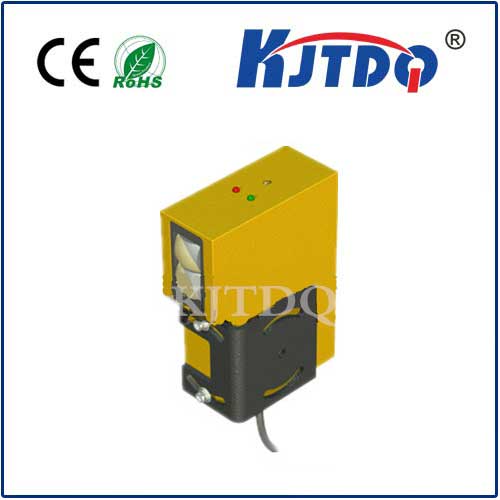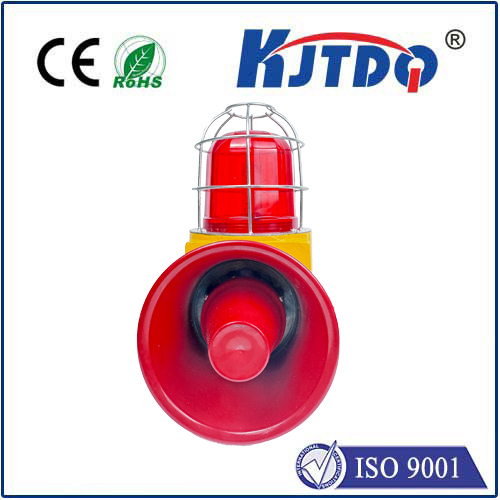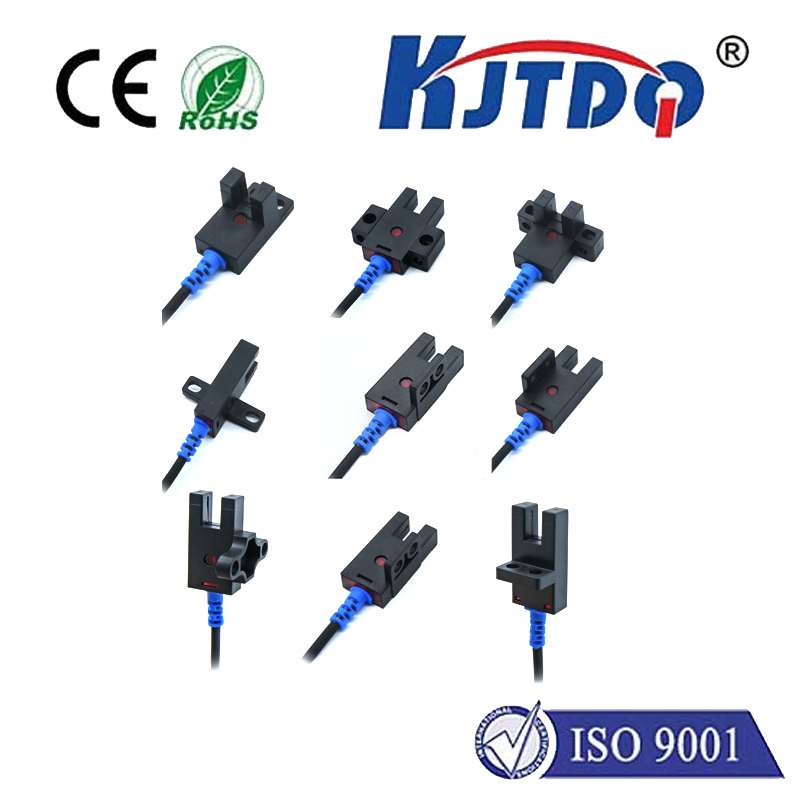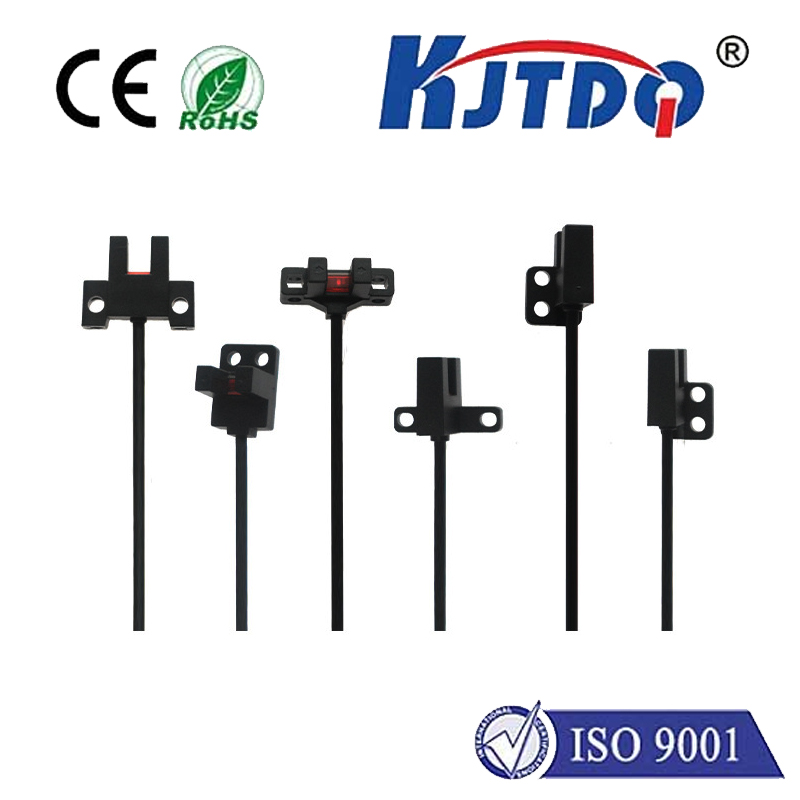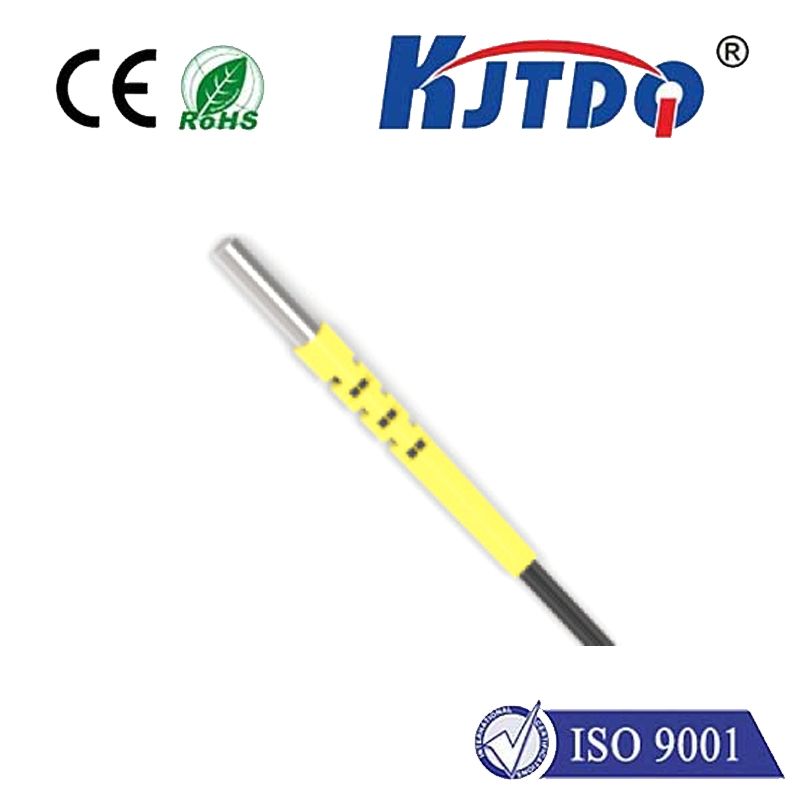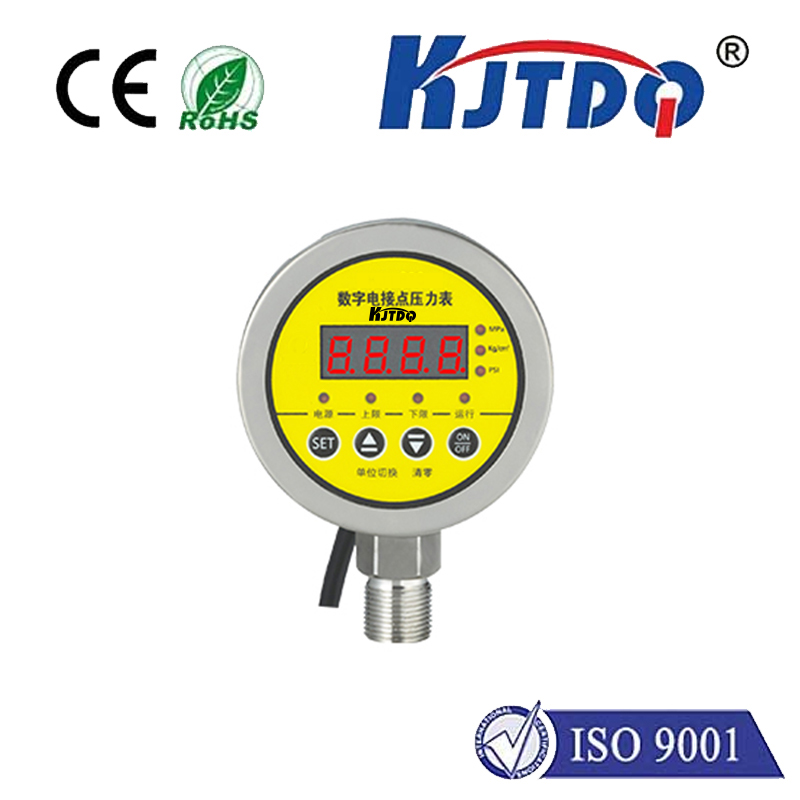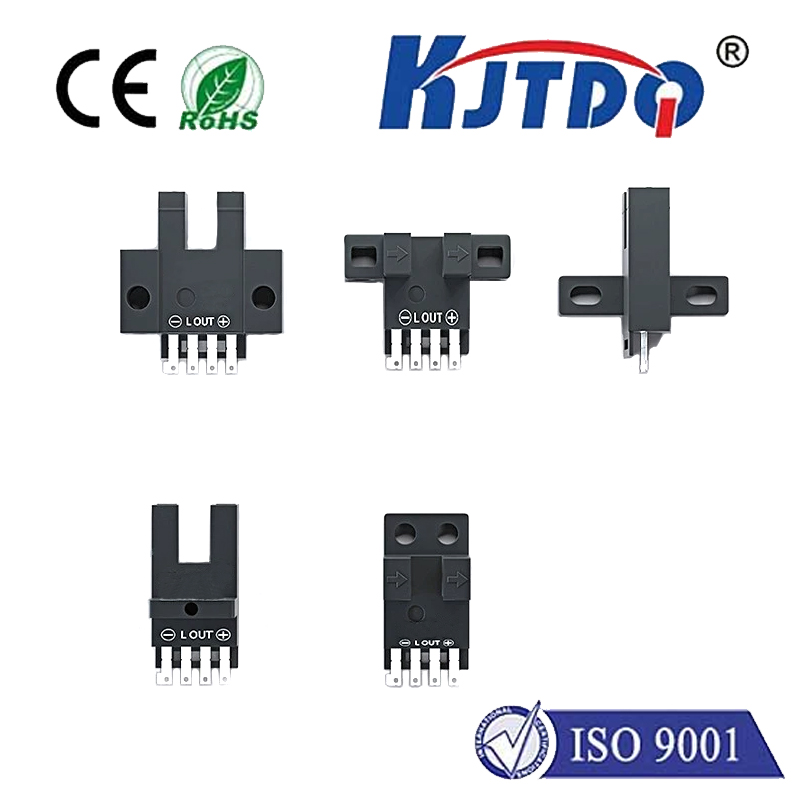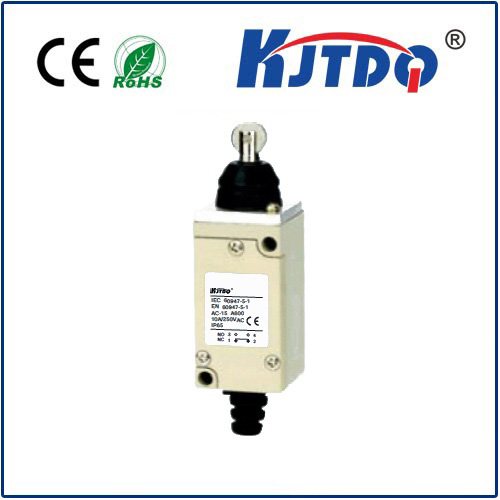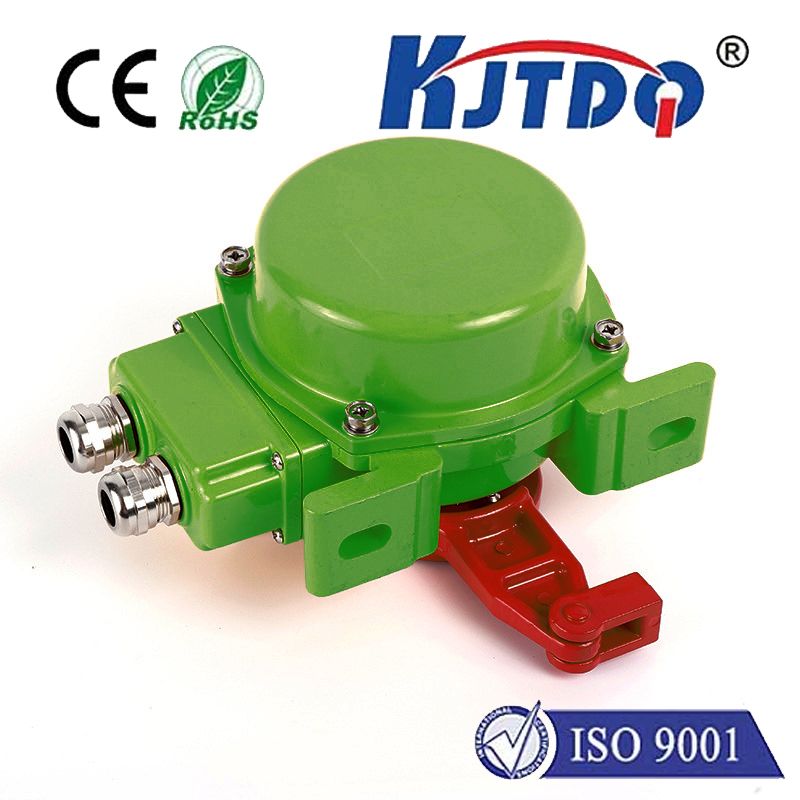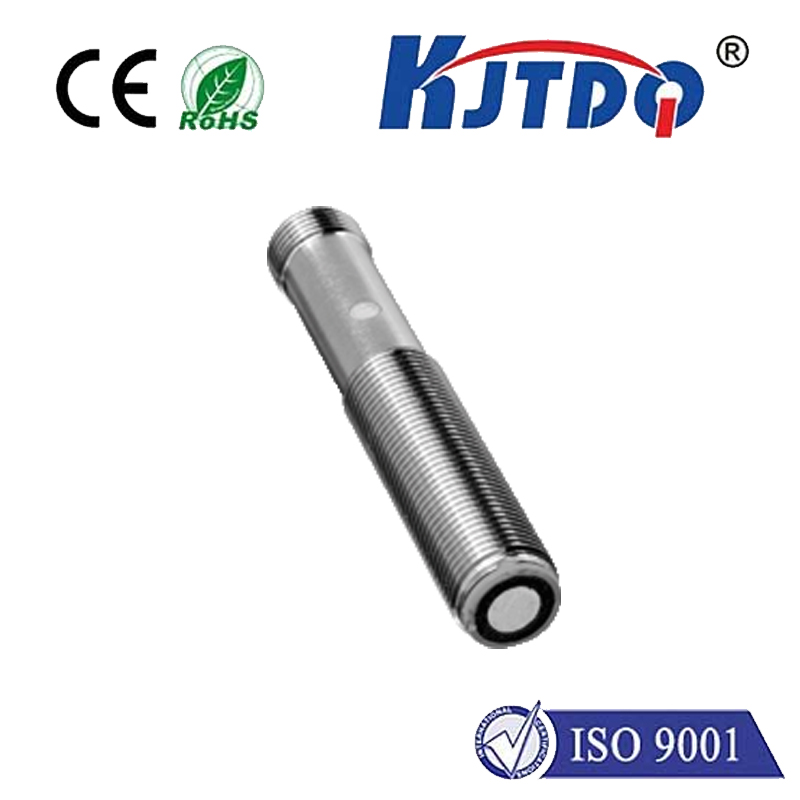
check

check

check

check
Title: Unlocking the Power of Limit Switches for Optimal Performance
In today's fast-paced technological landscape, automation and efficiency are the keys to success. One critical component in achieving these goals is the use of limit switches, which play a significant role in the operation of various industrial and electronic devices. Understanding how limit switches work and their impact on device performance is essential for any engineer or technician looking to maximize productivity and minimize downtime. In this article, we will delve into the world of limit switches, exploring their functions, types, and applications in detail.
What Are Limit Switches and How Do They Work?
A limit switch is a mechanical or electronic device used to detect the movement of an object or machine. It typically consists of two parts: a spring and a contactsor. When the object or machine reaches a certain point, it causes the spring to push against the contactsor, either opening or closing it. This opens or closes a circuit, turning a device on or off depending on whether the contactsor is open or closed.
Limit switches can be found in various devices, including industrial automation systems, robotics, medical equipment, and automotive systems. They are crucial for monitoring the movement of machines and ensuring they operate within safe parameters. Without limit switches, machines could potentially run beyond their intended limits, leading to damage, operator injury, or even complete system failure.
Types of Limit Switches
There are several types of limit switches available on the market, each with its unique features and capabilities. Some common types include:
1. Normally Open (NO) Limit Switches: These switches are designed to open when the contact is not in contact with its surroundings. They are commonly used in safety applications where a machine needs to shut down when it reaches a specific point.
2. Normally Closed (NC) Limit Switches: These switches are designed to close when the contact is not in contact with its surroundings. They are commonly used in industrial automation systems where the machine needs to turn on when it reaches a specific point.
3. Toggle LimitSwitches: These switches have two separate contacts that can be moved independently. When one contact moves towards the other, the switch opens or closes, allowing the device to turn on or off based on user input. Toggle limits switches are often used in applications where precise control over device behavior is required.
4. Potentiometer Limit Switches: These switches consist of a metal pot filled with a substance such as mercury that expands or contracts when pressure is applied. The amount of expansion or contraction determines the state of the switch, allowing for precise control over device behavior.
5. Optical Limit Switches: These switches use light to detect motion and trigger a response. They are highly accurate and reliable, making them popular in applications where high precision is required, such as in aerospace and medical equipment.
Applications of Limit Switches
Limit switches have widespread applications across numerous industries, including:
1. Industrial Automation: Limit switches are commonly used in industrial automation systems to monitor the movement of machines and ensure they operate within safe parameters. They are also used in conveyor systems and other material handling equipment to prevent accidents and improve efficiency.
2. Robotics:limit switches are essential components in robotics systems, allowing robots to navigate complex environments and perform precise tasks. They are also used to detect obstacles and prevent collisions between robots and other objects.
3. Medical Equipment:limit switches are used in medical equipment such as surgical robots and exoskeletons to provide greater precision during procedures and improve patient outcomes. They are also used in prosthetic devices to allow ambidextrous control by users.
4. Automotive Systems:limit switches are used in automotive systems such as steering wheels, brakes, and accelerator pedals to ensure smooth and safe operation of vehicles. They are also used in collision avoidance systems to detect potential hazards and prevent accidents.
Conclusion
Limit switches play a crucial role in ensuring the safe and efficient operation of various devices and systems across different industries. By understanding their functions, types, and applications, engineers and technicians can make informed decisions about their design and selection, leading to improved performance and reduced downtime. As technology continues to evolve, it is likely that limit switches will become even more advanced and integral to our lives, providing new solutions for complex challenges in various fields.
